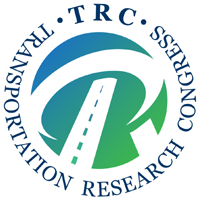
Home |
Agenda |
Committees |
Call for Papers |
Registration |
Travel Information |
Previous TRC |
Login |